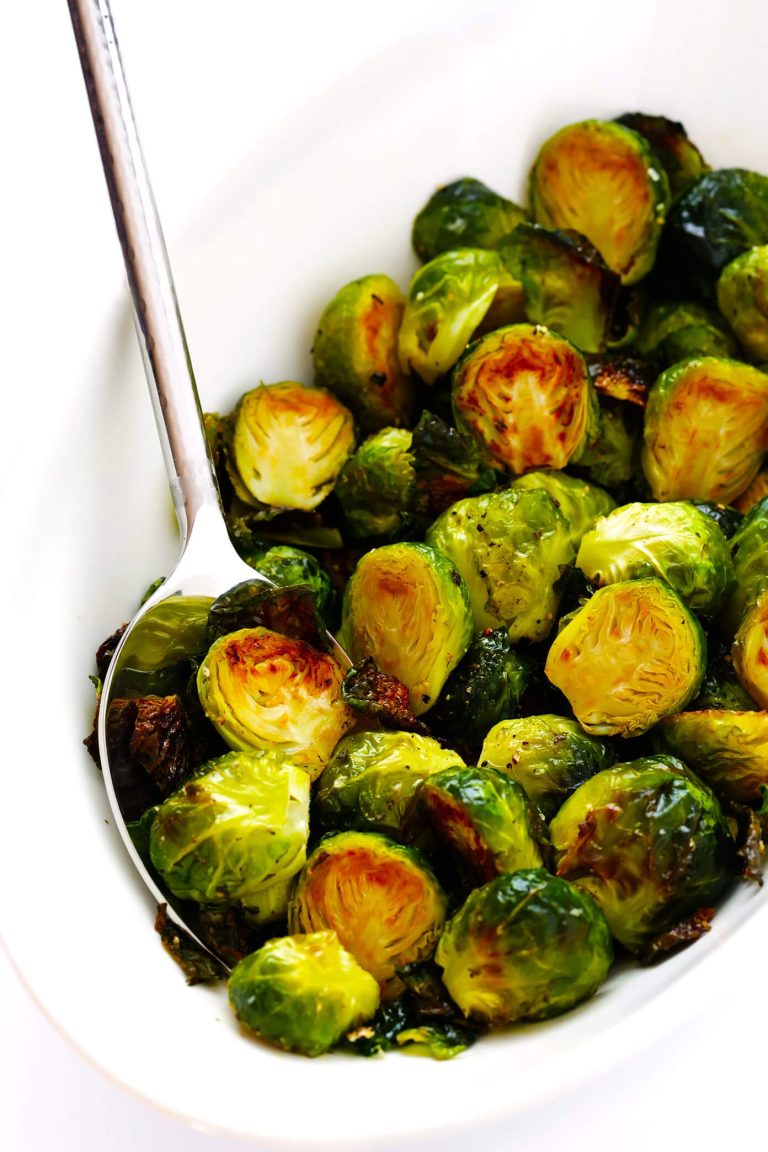Moist Pork Roast: Easy Recipe and Health Benefits
Dad’s Basic Moist Pork Roast has roots in traditional home cooking. Passed down through generations, this recipe originated in family kitchens where simplicity and flavor were paramount. Based on methods that ensure tenderness and moisture, it aligns with classic cooking techniques that put emphasis on minimal but effective seasoning and slow cooking processes. Historically, cooks used available ingredients to create hearty meals, a tradition that continues with this dish. Understanding its origin helps appreciate the care and tradition in each serving.
- Pork Shoulder: Chosen for its balance between lean meat and fat, which renders a moist and flavorful roast.
- Olive Oil: Used to sear the meat, locking in juices and providing a rich base flavor.
- Garlic: Infuses the meat with a robust aroma, enhancing the overall taste.
- Onions: Adds sweetness and depth, complementing the savory aspects of the pork.
- Herbs (Thyme, Rosemary): These herbs introduce earthy and aromatic notes, elevating the meat’s flavor profile.
- Salt and Pepper: Basic yet essential, they enhance the natural flavors of the pork.
- Chicken Broth: Maintains moisture during cooking and contributes to a flavorful gravy.
These elements work in harmony, creating a moist and tender pork roast that’s both simple and delicious.
How to Prepare Dad’s Basic Moist Pork Roast
Step-by-Step Cooking Instructions
- Preheat Your Oven: Set your oven to 325°F (163°C). This temperature ensures slow cooking which is key for tenderness.
- Prepare the Pork Shoulder: Rinse the pork shoulder under cold water and pat it dry with paper towels. Trim excess fat but leave a thin layer for flavor.
- Season the Meat: Rub the pork shoulder with olive oil. Mix salt, pepper, minced garlic, and your choice of herbs (like rosemary or thyme). Cover the meat evenly with the mixture.
- Sear the Pork Shoulder: Heat a large skillet over medium-high heat. Sear the pork shoulder on all sides until a golden-brown crust forms. This step locks in juices.
- Prepare the Baking Dish: Place sliced onions in the bottom of a baking dish. Position the seared pork shoulder on top of the onions.
- Add Liquid: Pour chicken broth into the baking dish, submerging the bottom about 1 inch. This liquid adds moisture, enhancing flavor during roasting.
- Cover and Cook: Cover the baking dish tightly with aluminum foil or a lid. This seals the moisture and ensures even cooking.
- Roast in Oven: Place the baking dish in the oven. Roast for 3-4 hours, occasionally checking the broth level. Add more broth if it evaporates too much.
- Rest the Meat: After roasting, let the pork shoulder rest for 15 minutes. This allows the juices to redistribute, making the roast moist.
- Use Bone-In Pork Shoulder: Bone-in cuts retain moisture better than boneless ones. They also add flavor to the roast.
- Low and Slow Cooking: Maintain a low oven temperature (around 325°F). Slow cooking breaks down connective tissue, making the meat tender and juicy.
- Searing the Meat: A proper sear creates a delicious crust and seals in juices. Make sure your skillet is hot enough before placing the meat.
- Hydrating Herbs and Spices: Use fresh, hydrated herbs and finely minced garlic. They release more flavor and moisture into the meat.
- Adequate Liquid in Baking Dish: Always ensure there’s enough liquid like chicken broth or water. This liquid evaporates, steams the meat, and keeps it moist.
- Resting Period: Allow the roast to rest after cooking. This helps the juices redistribute throughout the meat.
By following these instructions and tips, you ensure a perfectly moist and flavorful pork roast every time.
Serving Suggestions for Pork Roast
Best Side Dishes
Complement Dad’s Basic Moist Pork Roast with a variety of side dishes for a balanced meal. Roasted vegetables, such as carrots and Brussels sprouts, bring out the flavors of the pork. Mashed potatoes, made creamy and buttery, provide a classic pairing that highlights the meat’s tenderness. Serve a fresh green salad with mixed greens, cherry tomatoes, and a tangy vinaigrette to add a refreshing contrast.
Consider incorporating grains like quinoa or wild rice pilaf for added texture and nutritional value. For a more traditional option, apple sauce can add a sweet and tangy note that complements the richness of the pork. Baked apples or pears offer a warm, seasonal touch that enhances the meal’s comforting aspects.
Wine Pairing Ideas
Pairing the right wine enhances the dining experience with Dad’s Basic Moist Pork Roast. A medium-bodied red wine, such as Pinot Noir, blends well with the pork’s flavors and tender texture. For white wine lovers, a Chardonnay with subtle oak notes balances nicely with the roast’s richness.
Rosé can be an excellent choice, especially if the meal includes fruit-based sides like baked apples. Its acidity and light body provide a refreshing contrast. If you prefer sparkling wine, opt for a Brut Champagne or a dry Prosecco to add a celebratory flair and cleanse the palate between bites.
Health Benefits of Eating Pork
Nutritional Value of Pork Roast
Pork roast provides a rich source of essential nutrients. A 3-ounce serving contains approximately 22 grams of protein, supporting muscle health and repair. Pork is also rich in vitamins and minerals. It delivers high amounts of B vitamins like B6, B12, niacin, and thiamine, which support energy metabolism and neurological function. Additionally, pork includes significant minerals such as zinc, phosphorus, and selenium, aiding immune function and bone health.
How This Dish Fits Into a Balanced Diet
Including a pork roast in your diet can enhance nutritional balance. Pork is lean meat, especially when trimmed of visible fat, aligning well with dietary guidelines recommending lean protein sources. Pairing this dish with a variety of vegetables, grains, and legumes boosts fiber intake and provides complex carbohydrates crucial for sustained energy. If monitoring sodium intake, seasoning the roast with natural herbs and spices instead of excessive salt maintains the dish’s health profile. This balanced approach ensures you enjoy a wholesome, nutrient-rich meal without compromising on flavor.
Conclusion
Dad’s Basic Moist Pork Roast isn’t just a delicious meal; it’s a nutritious addition to your diet. With its rich protein content and essential vitamins and minerals, it offers a wholesome option for any occasion. Pairing it with vegetables, grains, and legumes enhances its nutritional benefits, making it a balanced and satisfying choice. Whether you’re a seasoned cook or a beginner, this recipe’s simplicity ensures you can create a tender, flavorful roast every time. Enjoy the comfort and health benefits of this timeless dish with your family and friends.





